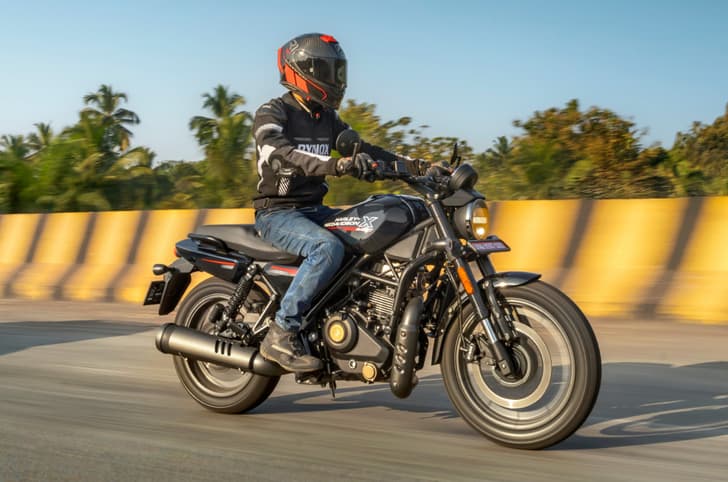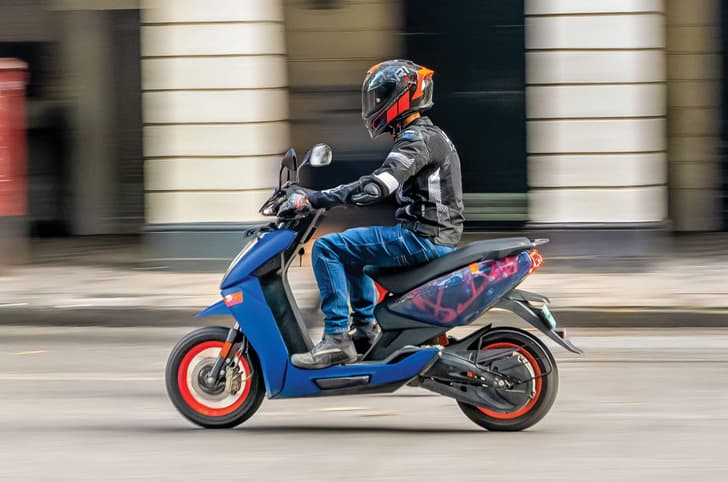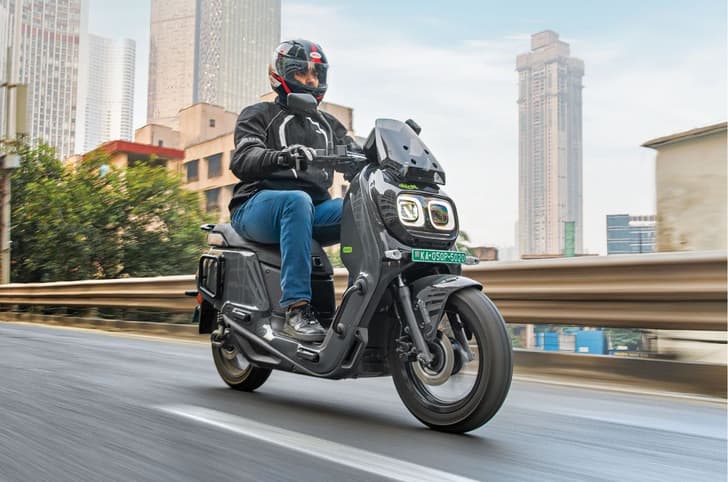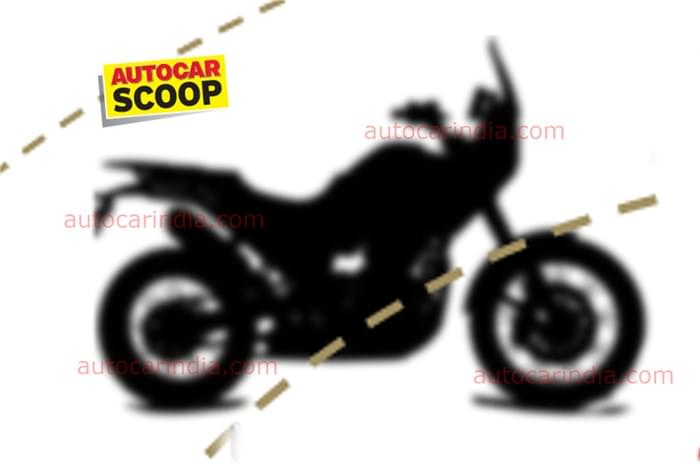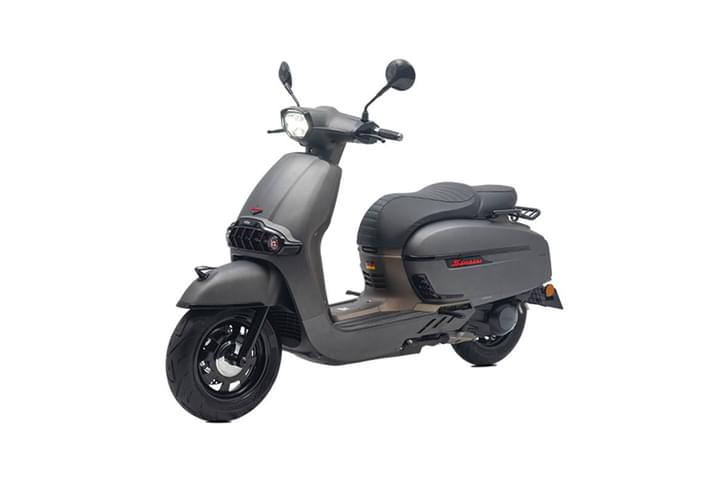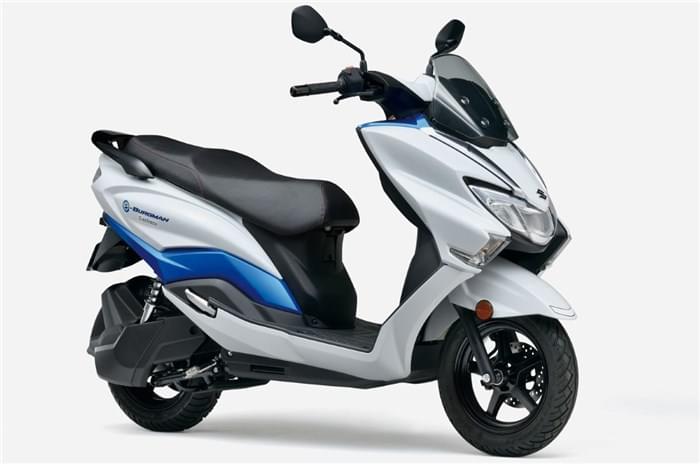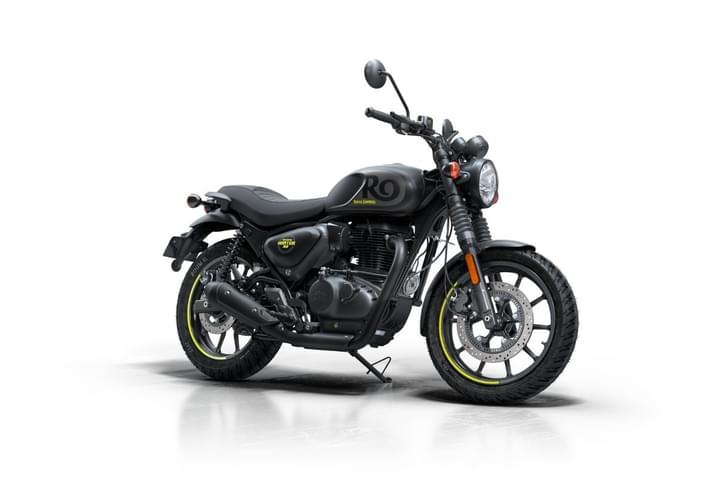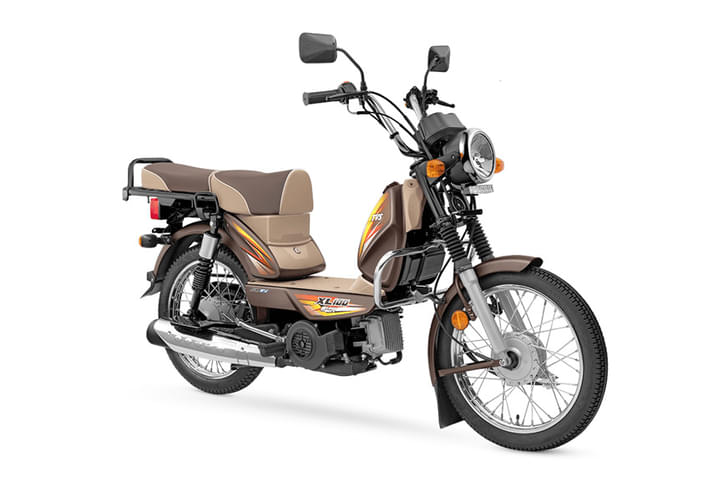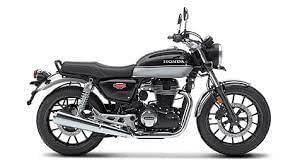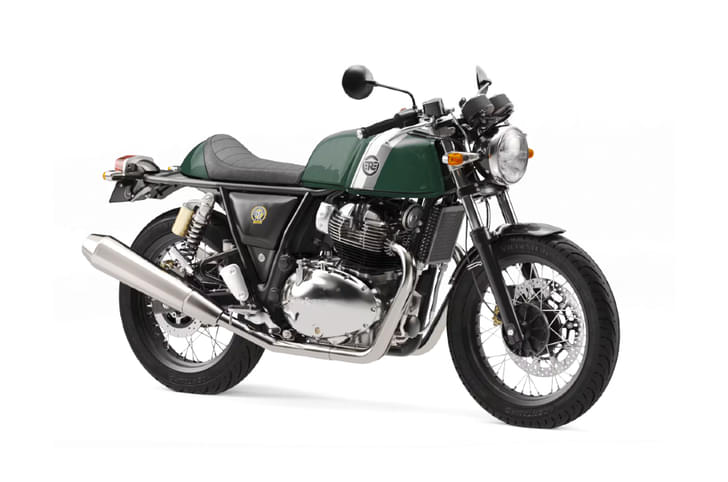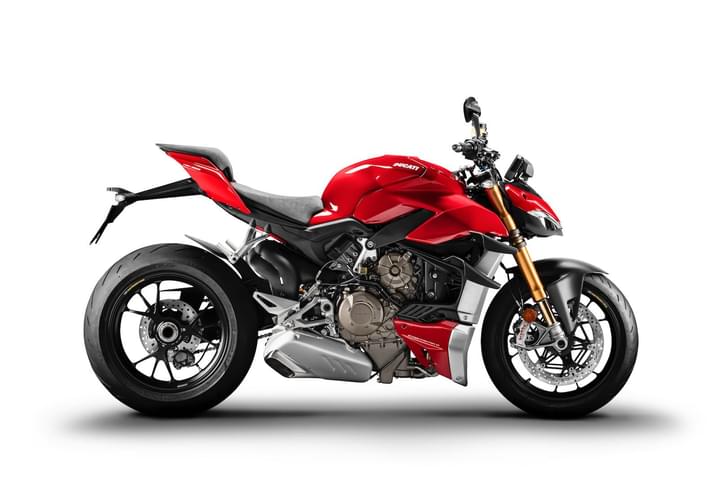The Vulcan S is Kawasaki’s first cruiser for our market. This bike is new for India but, internationally, it has been around in this form since 2015. With a 650cc parallel-twin motor, this mid-size cruiser happens to sit in the exact spot occupied by Harley-Davidson’s popular Street 750. The Vulcan S certainly makes for an interesting alternative to the idea of a traditional cruiser, but does that make it a good one? Let’s break it down.
Does it stand out?
Well, it certainly doesn’t take the traditional cruiser approach. There’s no chrome to be seen and everything is either in a shade of matt or gloss black. The unusually shaped, upside-down triangle headlamp adds some individuality up front and the large tank gives the bike a decent sense of presence. The rear section, however, is quite unremarkable, both in terms of sheer size and visual drama. The angle that catches my eye most is the side profile, with a long and low stance accentuated by a (right) side-mounted monoshock and a single-barrel exhaust running flat along the base of the bike. Machine-polished detailing on the top of the engine cases and a similar finish on the valve covers adds a playful bit of shimmer that is clearly visible through the tubular frame.
What stands out, as it tends to on most Kawasaki bikes, is a sense of high quality and solid build. The instrument cluster is lifted off the previous-gen ER-6n (this is a three-year-old bike now) and it features a big analogue tachometer sitting atop a digital screen that displays all the essentials. One appreciable and thoroughly useful feature is Kawasaki’s Ergo-fit system that allows you to adjust the riding position according to your need. The foot peg assembly is adjustable by three 25mm steps, although you will need to buy accessory tie-rods for this, which cost only a small sum of money. Kawasaki also offers extended-reach and reduced-reach seat options; these run quite expensive and are priced at Rs 15,000 for the reduced-reach seat and an eye-watering Rs 30,000 for the gel-filled extended-reach seat. Finally, you can also have an extended-reach handlebar for Rs 4,740. This is something I’d probably go for, as I found the stock bar too pulled-back and narrow, which makes opening the throttle wide open difficult and also made U-turns cumbersome.
The Vulcan is a good-looking machine, but it doesn’t really attract a whole lot of attention, although, it probably does fare better in this department than the Harley-Davidson Street 750. And while the matt finish looks good, it’s going to be a pain to maintain, as the numerous small scratches and blemishes on our 1,700km-old test bike pointed out. As of now, you can have the Vulcan in any colour you like as long as it’s (matt) black.
Cruise = snooze?
Not with this one. The Vulcan shares its 649cc, eight-valve, liquid-cooled parallel-twin with the previous-gen ER-6n, but with different cam profiles, a revised intake tract, exhaust and ECU, and a heavier flywheel. The engine packs a punch, but power delivery is thoroughly linear, with quite an eager bottom end from as low as 2,000rpm. Cleverly selected gearing allows for good tractability – you can crawl over speed breakers in second gear, and fourth is good for anything above 45kph. The six-speed gearbox itself has a heavy feel but slots with decent precision and even allows the occasional clutchless upshift.
Rev it out and performance is strong, with the bike crossing 150kph quite easily; the real challenge is being able to hang on, due to the riding position and lack of wind protection. A 0-100kph time of around 6.5sec and a top speed north of 180kph seems feasible, and we will be testing for the former shortly. What you will miss though is an involving soundtrack – the parallel-twin has a somewhat deep, but quite muted note and regardless, this is not an engine renowned for its aural quality, even with an aftermarket loud-pipe. Refinement levels are quite good and while you will feel a mild tremor through the bar and foot pegs at certain revs, it never gets overly intrusive or irritating.
But it’s not all perfect though and that’s clear the moment you notice the 9,500rpm redline on the tachometer. Despite the work gone into the motor, there’s no escaping the Vulcan S’ sports bike roots and the spec sheet is telling of this. The Kawasaki’s peak torque of 63Nm is generous, no doubt, but it arrives at 6,600rpm. In comparison, the Street 750’s purpose-built V-twin produces a marginally lower 59Nm of torque, but all of it is available at a much more cruiser-appropriate 3,750rpm. Further, if you ride the Vulcan in the way that feels natural to its laid-back, feet-forward riding stance, you’ll find that you almost never cross 6,000rpm. On-off throttle response isn’t as smooth as we’d like either and this results in a snatchy experience in heavy traffic. Finally, there is a strong engine braking effect and the rear tyre tends to momentarily lock and chirp quite easily under downshifts – a slipper clutch would be far more appreciated here than in the smaller 300 and 400cc Kawasaki bikes that already have one.
Slice and dice
At 235kg, the Vulcan is not a light motorcycle. In fact, it weighs 2kg more than the Harley. But the bike feels friendly on its feet thanks to a low centre of gravity. Steering effort is pleasantly low, as is the 705mm tall seat and, aside from the aforementioned shape of the handlebar, this is quite an easy and approachable motorcycle to ride. If anything, the seat itself is nicely shaped, but it is a bit hard and discomfort begins to settle in after an hour in the saddle.
The easy low-speed manners continue as the speeds increase and the Vulcan comes across as stable and planted. It is by no means a sporty motorcycle, but the foot pegs offer decent levels of cornering clearance. Braking performance from the single disc at either end is confident and perfectly up to the task, with ABS mindfully lurking in the background. Ride quality is quite absorbent too and the Vulcan doesn’t get beaten out of shape by rough surfaces, within reason, of course. Our test bike felt a little soft at the rear under heavy cornering, but the pre-load was set at just one notch above the lowest setting. We didn’t have a tool handy, but adjusting this should take away the wallowy feel. The Dunlop Sportmax tyres are the same as what you get on the Ninja 650, Z650 and the Z900, and they offer good performance for this motorcycle’s intended role.
Soul sessions
The Vulcan S is a highly competent motorcycle and, at Rs 5.44 lakh (ex-showroom), it costs Rs 19,000 more than the Street 750. This is reasonable considering the higher levels of quality and finish, not to mention the significantly better tyres than the MRF rubber on the Harley. But while the Vulcan is a perfectly capable motorcycle, it feels a little lacking in the emotional department. Soul and character are hard things to explain when it comes to motorcycles, but they’re a vital requirement in my books and this is where the Vulcan is lacking.
Let me put it this way – while the Vulcan’s abilities impressed me over the 200-odd kilometres that we spent together, I don’t recall a single smile breaking out inside my helmet. Basically, the Vulcan S is a seriously good motorcycle, but perhaps one that takes itself a bit too seriously.







